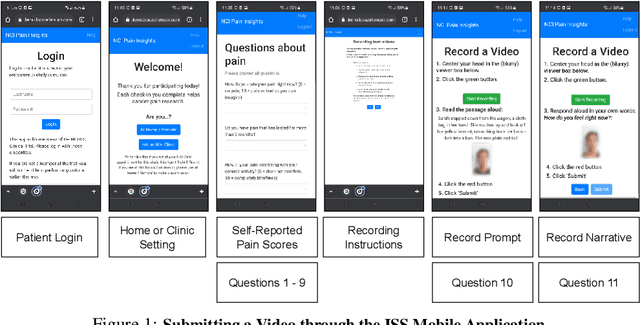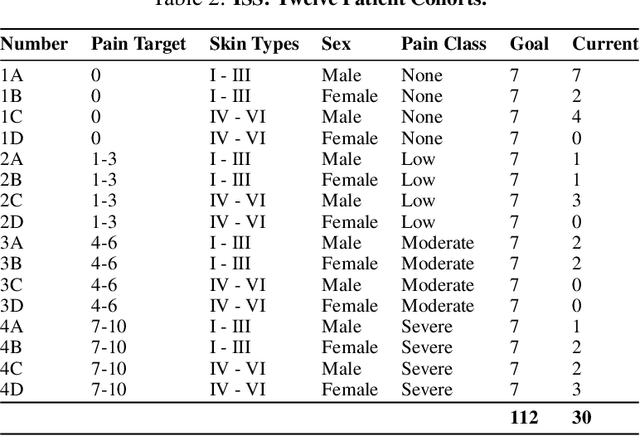Mason Rule
A Generative Approach for Image Registration of Visible-Thermal (VT) Cancer Faces
Aug 23, 2023Abstract:Since thermal imagery offers a unique modality to investigate pain, the U.S. National Institutes of Health (NIH) has collected a large and diverse set of cancer patient facial thermograms for AI-based pain research. However, differing angles from camera capture between thermal and visible sensors has led to misalignment between Visible-Thermal (VT) images. We modernize the classic computer vision task of image registration by applying and modifying a generative alignment algorithm to register VT cancer faces, without the need for a reference or alignment parameters. By registering VT faces, we demonstrate that the quality of thermal images produced in the generative AI downstream task of Visible-to-Thermal (V2T) image translation significantly improves up to 52.5\%, than without registration. Images in this paper have been approved by the NIH NCI for public dissemination.
* 2nd Annual Artificial Intelligence over Infrared Images for Medical Applications Workshop (AIIIMA) at the 26th International Conference on Medical Image Computing and Computer Assisted Intervention (MICCAI 2023)
Intelligent Sight and Sound: A Chronic Cancer Pain Dataset
Apr 07, 2022



Abstract:Cancer patients experience high rates of chronic pain throughout the treatment process. Assessing pain for this patient population is a vital component of psychological and functional well-being, as it can cause a rapid deterioration of quality of life. Existing work in facial pain detection often have deficiencies in labeling or methodology that prevent them from being clinically relevant. This paper introduces the first chronic cancer pain dataset, collected as part of the Intelligent Sight and Sound (ISS) clinical trial, guided by clinicians to help ensure that model findings yield clinically relevant results. The data collected to date consists of 29 patients, 509 smartphone videos, 189,999 frames, and self-reported affective and activity pain scores adopted from the Brief Pain Inventory (BPI). Using static images and multi-modal data to predict self-reported pain levels, early models show significant gaps between current methods available to predict pain today, with room for improvement. Due to the especially sensitive nature of the inherent Personally Identifiable Information (PII) of facial images, the dataset will be released under the guidance and control of the National Institutes of Health (NIH).
 Add to Chrome
Add to Chrome Add to Firefox
Add to Firefox Add to Edge
Add to Edge